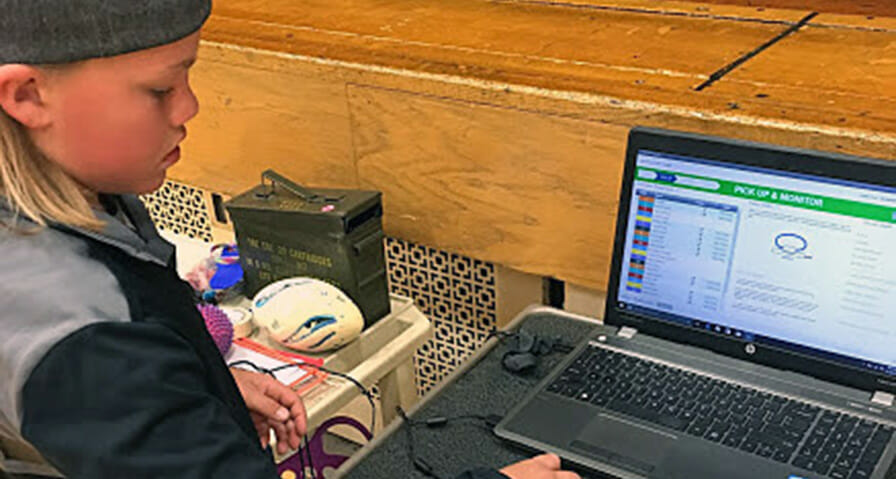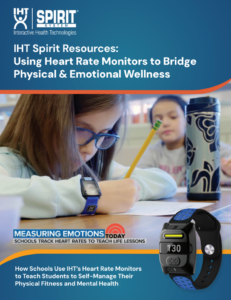
Almost one in 60 kids between ages 13 and 18 would qualify for an eating disorder, according to a study from researchers from National Institute of Mental Health (NIMH), the Universities of Chicago and Minnesota, and the National Center for Scientific Research in Bordeaux, France.
Ohlson said that PE teachers can use the heart rate and activity data to recognize over-exercising and talk to kids about healthy behavior, and help teachers keep track of classes with upwards of 100 students. However, a lot of behaviors that signal disordered eating happen outside the classroom.
Clinical psychologist Dr. Lynn Tracy equates in-school fitness tracking with programs like weigh-ins or BMI report cards. In 2014, these report cards were distributed to schoolchildren in New York, despite BMI being an unreliable indicator of children’s health. Critics decried the report cards as “fat-shaming,” and the Academy for Eating Disorders called upon the New York Department of Education to stop the practice.
The affects of fitness tracking on both physical and mental health of students is not well-known, and it’s unclear what sort of impact long term health tracking has on childhood development.

